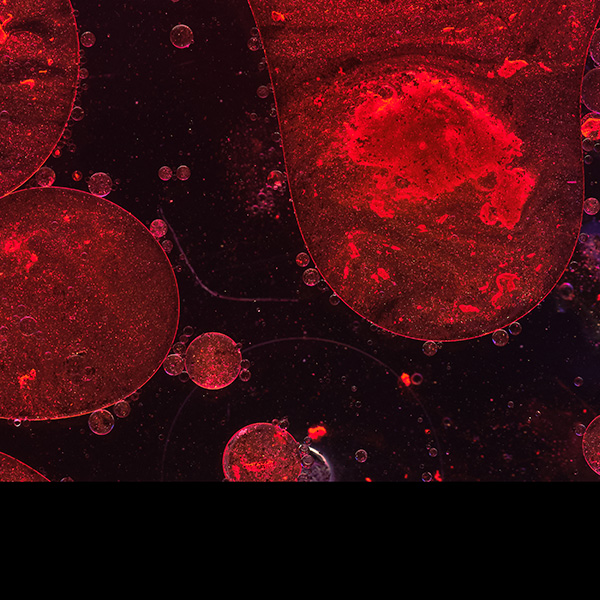Key Benefits
- Measure fertility hormones to understand sperm production and testosterone balance.
- Clarify problem location—testes versus brain—using LH and FSH patterns.
- Reveal hidden low free testosterone with SHBG and FAI when totals mislead.
- Explain symptoms like low libido, erectile issues, or fatigue by confirming androgen status.
- Predict sperm-making capacity; high FSH often signals impaired spermatogenesis.
- Guide safe treatment choices; avoid testosterone, consider hCG/FSH or SERMs when appropriate.
- Track treatment response and fertility recovery by trending testosterone, LH, and FSH.
- Best interpreted with a semen analysis and morning testosterone sampling.
What are Male Infertility
Male infertility biomarkers are measurable signals from semen and blood that show how well the male reproductive system is working. They translate complex biology into a map of where problems may arise—sperm production in the testes (spermatogenesis), the brain-to-testes hormone signals (hypothalamic–pituitary–gonadal axis), the transport pathway (epididymis and vas deferens), and the accessory glands (prostate and seminal vesicles). Core semen measures reflect sperm number, motion, and shape (count, motility, morphology), while blood hormones track the body’s control of sperm making (FSH, LH, testosterone, prolactin). Additional markers assess sperm DNA integrity (fragmentation), oxidative stress (reactive oxygen species), immune reactions (antisperm antibodies), inflammation, and inherited risks (Y‑chromosome microdeletions, CFTR variants). Together, these markers help pinpoint whether the issue is low production, poor sperm quality, blocked transport, or systemic factors. That clarity guides next steps—addressing reversible causes, tailoring lifestyle or medical therapy, choosing the right assisted reproduction approach, and understanding the likelihood of conception—so care is targeted instead of trial‑and‑error.
Why are Male Infertility biomarkers important?
Male infertility biomarkers are the core signals of the hypothalamic–pituitary–testicular axis: testosterone, sex hormone–binding globulin (SHBG), free androgen index (FAI), luteinizing hormone (LH), and follicle-stimulating hormone (FSH). Together they reveal how well the brain drives the testes, how much bioavailable androgen reaches tissues, and whether Sertoli and Leydig cells can support sperm production—linking sexual function with energy, mood, muscle, bone, and metabolism.
In adult men, testosterone that sits in the mid-to-upper part of its reference range usually aligns with normal libido and spermatogenesis. SHBG is best near the middle, keeping free testosterone available; FAI tends to be healthiest in the mid-to-upper range. When testicular function is intact, LH and FSH are typically in the low-to-mid range. During adolescence these rise as puberty progresses; with aging, SHBG often drifts higher.
When testosterone or FAI is low, tissues and the testes may lack adequate androgen drive, leading to reduced libido, weaker erections, fatigue, low mood, loss of muscle and bone, and diminished sperm count or quality. High SHBG can “lock away” testosterone, mimicking deficiency; very low SHBG may signal insulin resistance. Low LH/FSH with low testosterone points to a pituitary–hypothalamic problem, while high LH/FSH with low testosterone suggests primary testicular failure from injury, infection, toxins, or genetic causes. Exogenous androgens can show high serum testosterone with suppressed LH/FSH and poor sperm production.
Big picture: these biomarkers integrate reproductive capacity with liver, thyroid, pituitary, and metabolic health. Persistent abnormalities can foreshadow osteoporosis, anemia, cardiometabolic risk, and cognitive or mood changes, making them a window into long-term whole-body health—not just fertility.
What Insights Will I Get?
Male infertility biomarkers map the hypothalamic–pituitary–gonadal axis that links brain signaling, testicular function, androgen action, and sperm production—systems that also influence energy, muscle, mood, and cardiometabolic health. At Superpower, we test Testosterone, SHBG, FAI, LH, and FSH to see how this axis is coordinated.
Testosterone is the principal androgen produced by the testes and supports spermatogenesis and sexual function. SHBG (sex hormone–binding globulin) is a liver-made carrier protein that regulates how much testosterone is biologically available. FAI (free androgen index) estimates free, unbound testosterone from total testosterone and SHBG. LH (luteinizing hormone) from the pituitary stimulates Leydig cells to make testosterone. FSH (follicle-stimulating hormone) drives Sertoli cell support of sperm development.
Stable, healthy function shows adequate testosterone with an FAI consistent with effective androgen signaling, SHBG in a range that neither overbinds nor leaves hormones excessively unbound, and LH/FSH levels that reflect responsive pituitary–testicular communication. Patterns help locate the bottleneck: low testosterone with high LH/FSH suggests primary testicular impairment; low testosterone with low/normal LH/FSH points to central (hypothalamic–pituitary) suppression; normal testosterone/FAI with elevated FSH can indicate impaired spermatogenesis; high SHBG can lower FAI despite normal total testosterone.
Notes: Interpretation varies with age, acute or chronic illness, thyroid or liver status (affecting SHBG), body composition, medications (androgens, opioids, glucocorticoids), and assay timing/variability. Morning sampling and repeated measures improve reliability.







.avif)



.svg)





.svg)


.svg)


.svg)

.avif)
.svg)










.avif)
.avif)
.avif)


.avif)
.png)


